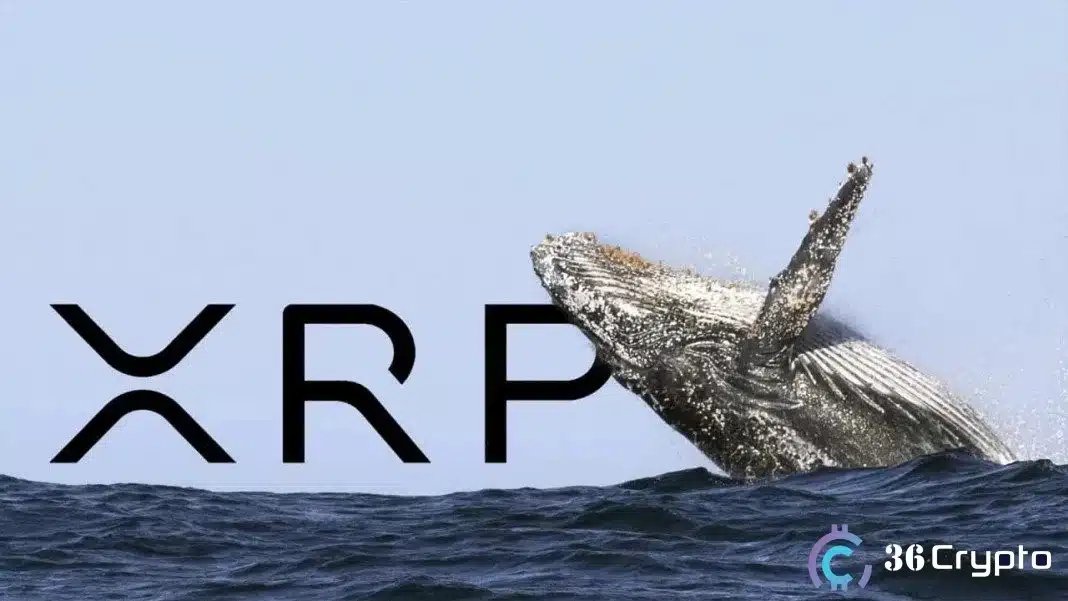- WTI price attracts some buyers to near $61.90 in Thursday’s Asian session.
- US crude inventories rose by 1.792 million barrels in the week ending September 26, the EIA said.
- Uncertainty is growing in markets as the US federal government faces a shutdown.
West Texas Intermediate (WTI), the US crude oil benchmark, is trading around $61.90 during the Asian trading hours on Thursday. The WTI edges higher as traders remain cautious due to ongoing geopolitical risks.
The BBC reported on Wednesday that Ukraine has dramatically increased the number of attacks launched against Russian oil refineries in recent months. Moscow faces pressure from drone attacks on its refineries, which could limit its refining capacity and lift the WTI price.
The WTI price is pressured by a bigger-than-expected increase in US crude inventories last week. Data released by the US Energy Information Administration (EIA) on Wednesday revealed that crude oil stockpiles in the US for the week ending September 26 rose by 1.792 million barrels, compared to a decline of 607,000 barrels in the previous week. Analysts forecast that stocks would increase by 1.5 million barrels.
The US federal government shut down on Wednesday after a deadlocked Congress failed to reach a deal on funding. Government agencies warned this would halt the release of the closely watched September employment report, among other things.
Traders expect the Organization of the Petroleum Exporting Countries and allies (OPEC+) could boost production in November, triple the increase made for October, as Saudi Arabia seeks to reclaim market share, three sources familiar with the talks said.
WTI Oil FAQs
WTI Oil is a type of Crude Oil sold on international markets. The WTI stands for West Texas Intermediate, one of three major types including Brent and Dubai Crude. WTI is also referred to as “light” and “sweet” because of its relatively low gravity and sulfur content respectively. It is considered a high quality Oil that is easily refined. It is sourced in the United States and distributed via the Cushing hub, which is considered “The Pipeline Crossroads of the World”. It is a benchmark for the Oil market and WTI price is frequently quoted in the media.
Like all assets, supply and demand are the key drivers of WTI Oil price. As such, global growth can be a driver of increased demand and vice versa for weak global growth. Political instability, wars, and sanctions can disrupt supply and impact prices. The decisions of OPEC, a group of major Oil-producing countries, is another key driver of price. The value of the US Dollar influences the price of WTI Crude Oil, since Oil is predominantly traded in US Dollars, thus a weaker US Dollar can make Oil more affordable and vice versa.
The weekly Oil inventory reports published by the American Petroleum Institute (API) and the Energy Information Agency (EIA) impact the price of WTI Oil. Changes in inventories reflect fluctuating supply and demand. If the data shows a drop in inventories it can indicate increased demand, pushing up Oil price. Higher inventories can reflect increased supply, pushing down prices. API’s report is published every Tuesday and EIA’s the day after. Their results are usually similar, falling within 1% of each other 75% of the time. The EIA data is considered more reliable, since it is a government agency.
OPEC (Organization of the Petroleum Exporting Countries) is a group of 12 Oil-producing nations who collectively decide production quotas for member countries at twice-yearly meetings. Their decisions often impact WTI Oil prices. When OPEC decides to lower quotas, it can tighten supply, pushing up Oil prices. When OPEC increases production, it has the opposite effect. OPEC+ refers to an expanded group that includes ten extra non-OPEC members, the most notable of which is Russia.
Source: https://www.fxstreet.com/news/wti-edges-higher-to-near-6200-on-geopolitical-risks-202510020201


